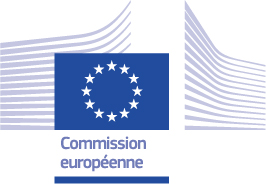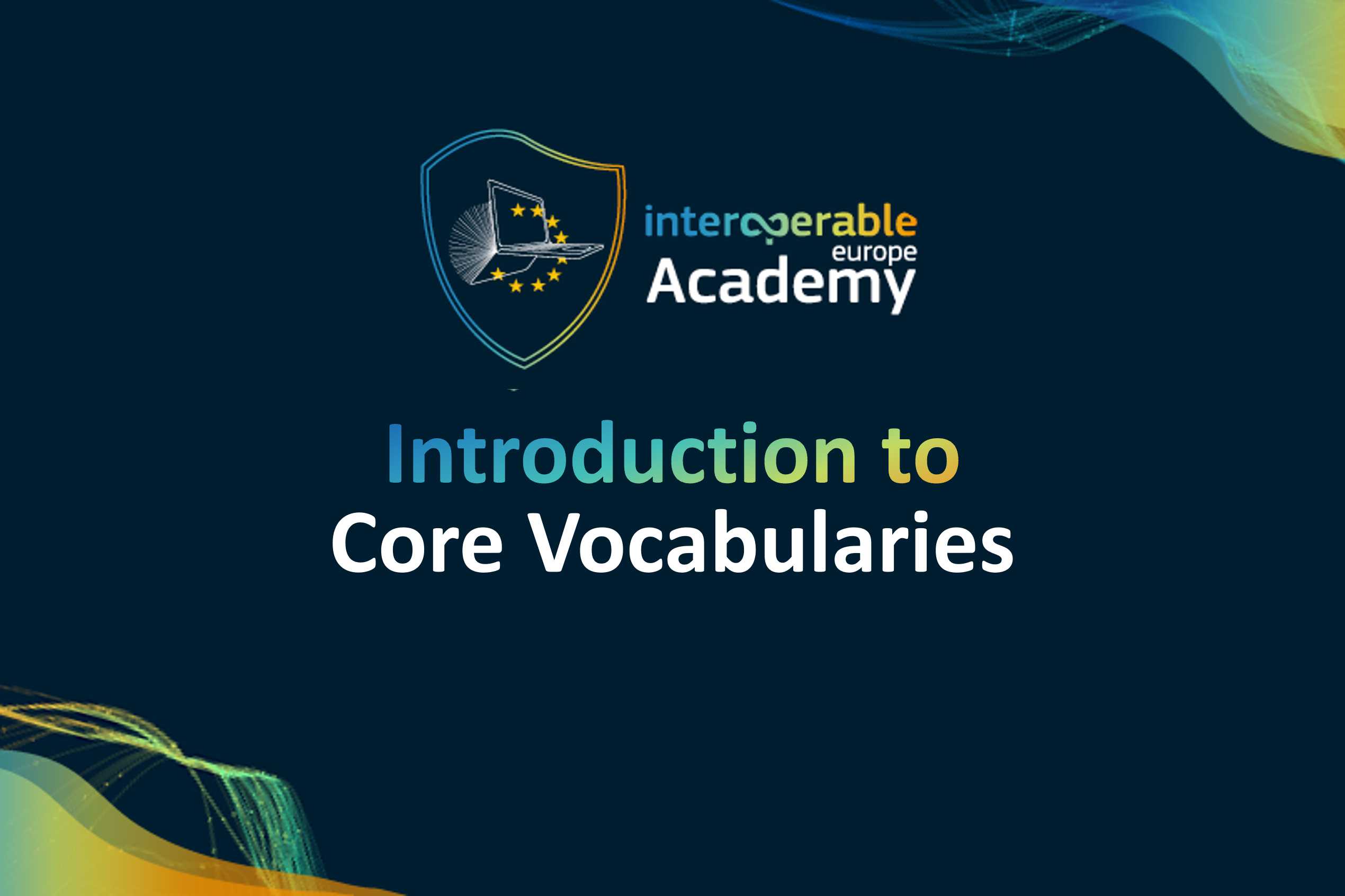Digital Tools for Blended Learning
Une journée
Novice
Description du cours
‘Blended learning' in formal education and training is the term used to describe when a school, educator or student takes more than one approach to the learning process. It can be a blend of school site and other physical environments (companies, training centres, distance learning, outdoor, cultural sites, etc.) or blending different digital and non-digital learning tools.
This short course emphasizes on the latter. More specifically, it describes a blended learning model which consists of face-to-face and online learning instructions focusing on Web 2.0 technologies.
- Start date: 30 May
- End date: 15 June
- Workload: 8-10 hours
This course has concluded but the content remains available for browsing!
- You can access the modules by enrolling in the course
- It is no longer possible to take part in the final activity and receive a certificate of completion
- Please note that user support for this course is no longer provided
Public cible
Teachers of all school subjects from elementary to upper secondary levels.
Objectifs d'apprentissage
1. Support Learners:
- Use technology to boost motivation and engage learners;
- Help students use technology to support their learning both in and beyond the classroom;
- Place learners' interests and experiences at the heart of the learning process.
Ce contenu est offert par la Commission européenne. La Commission européenne est le bras exécutif politiquement indépendant de l'Union européenne. Elle est seule chargée d'élaborer des propositions de nouvelle législation européenne et elle met en œuvre les décisions du Parlement européen et du Cons

Programme
- How this Course Works
- Introduction
- Module 1: I Learn Therefore I Am
- Module 2: I Get Empowered Therefore I Am
- Module 3: I Create Therefore I Am
- Module 4: I Integrate Therefore I Am
- Module 5: Submission and Peer Assessment - I Design Therefore I Am



